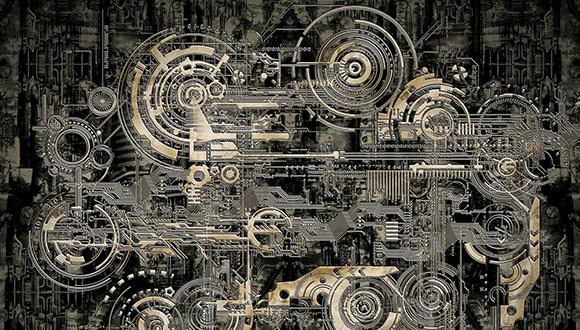Department Seminar of Hila Ben Gur - A Fiber Bridging Cohesive Zone Model in a Unidirectional Carbon Fiber Composite - Mode I Deformation
School of Mechanical Engineering Seminar
Wednesday, March 2, 2022 at 14:00
Wolfson Building of Mechanical Engineering, Room 206
A Fiber Bridging Cohesive Zone Model in a Unidirectional
Carbon Fiber Composite - Mode I Deformation
Hila Ben Gur
Ph.D. student of Prof. Leslie Banks-Sills
Composite materials are widely used in aerospace applications in order to increase strength-to-weight ratios as compared to metals, thus decreasing the weight of structures and consuming less fuel. A common type of composite is a polymer matrix reinforced with fibers arranged in one direction. Beam-type specimens are commonly used to determine the fracture toughness of this type of material, and in mode I double cantilever beam (DCB) specimens are usually tested. DCB specimens of unidirectional laminates exhibit ’fiber bridging’, a phenomenon that occurs when a delamination, the most common failure mode in laminate composites, propagates as a result of an external load. While propagating, reinforcement fibers from one face of the delamination cross over to the other face, such that fibers are simultaneously pulled from both faces, increasing the resistance of the material to delamination propagation. However, in most applications fiber bridging is not observed in delaminated components, and in such cases fiber bridging may be considered an artifact of fracture toughness laboratory testing performed on double cantilever beam specimens.
The aim of this investigation is to determine the fiber bridging contribution to the energy release rate of the material. To this end, analytical and numerical models are developed that describe the material behavior during interlaminar delamination propagation. These models are based on mode I laboratory tests conducted in quasi-static and fatigue loading on coupons of a carbon/epoxy composite, and may be used to predict failure of composite laminate structures.
The experimental work for quasi-static delamination propagation consists of standard testing, adjusted to enable the determination of fiber bridging parameters. The results of these tests allow the determination of the fracture toughness of the material, as well as the fiber bridging parameters required to model the material response. For determination of fatigue delamination propagation parameters, two testing protocols are used. The first protocol consists of testing a specimen containing a delamination in fatigue for about three million cycles with no intervention during the testing procedure. The second protocol consists of a series of fatigue test sequences applied consecutively to a single specimen. The results of the quasi-static and fatigue tests are used in the calibration of the respective numerical models.
In order to construct a numerical tool to predict the delamination propagation, the cohesive zone approach is used to model the behavior of the material. A cohesive zone model is used in both quasi-static and fatigue loading. Each of the two cohesive zone models is implemented in finite element analysis via a user element (UEL) subroutine coded for that purpose. The results of the laboratory tests are used to calibrate the models. Good correlations are obtained for both the quasi-static and fatigue tests. The cohesive zone models enable determination of the contribution of fiber bridging to the energy release rate of the material in both quasi-static and fatigue loading. Thus, the actual energy release rate of the material is obtained.
Join Zoom Meeting https://us02web.zoom.us/j/82108132163?pwd=Z2h4UzNzUS9mbXplT0lMU1pZenFEQT09


